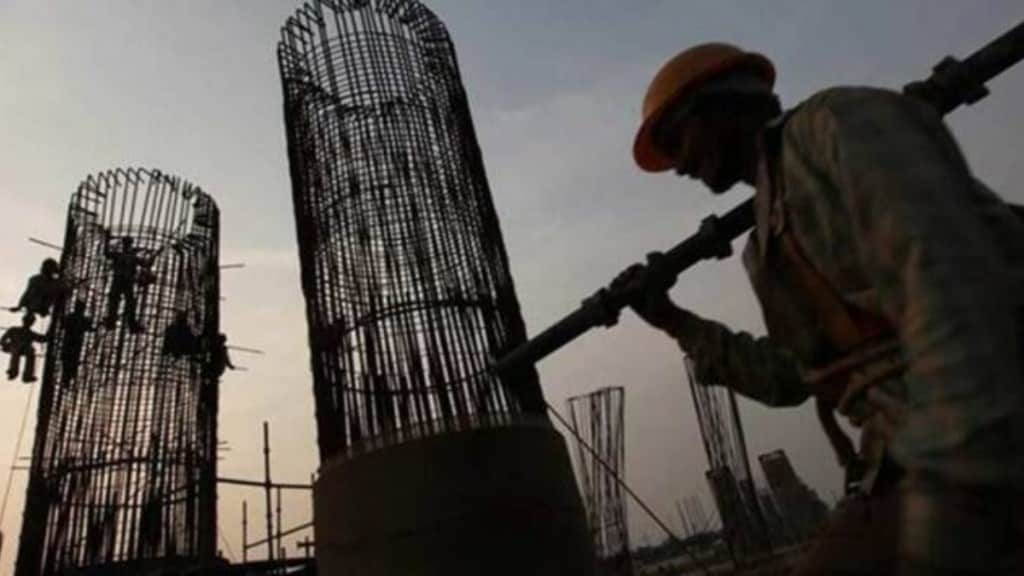By Mahesh Patil
The building materials sector has exhibited remarkable growth over the past five years, with aggregate market capitalisation of key companies tripling during this period. This robust performance has largely been driven by favourable macroeconomic factors, including pent-up demand following the pandemic and significant market-share gains by leading players across various sub-categories.
While the last two years saw a sub-par volume growth due to weak demand in rural and urban areas amid a sluggish project completion cycle, the outlook remains promising. Strong launch activity, which witnessed a CAGR of 35% over the past three years, is expected to fuel demand for building materials as these projects near completion from FY26/27.
The rural and semi-urban markets, which account for 50% of building materials demand by volume and 40% by value, are poised for a recovery. Healthy monsoons and rising farm incomes are expected to drive demand in these regions.
Among segments, pipes have demonstrated the highest growth historically, benefitting from diverse demand levers, including housing, agriculture and infrastructure. Pipes are also expected to be early beneficiaries of the improving completion cycle. Government initiatives such as expanding irrigation areas and enhancing last-mile tap connectivity further bolster growth prospects. Additionally, regulatory changes, including the alteration of anti-dumping duties on CPVC and PVC and the anticipated implementation of BIS standards, favour organised players and market-share shifts. With steady resin prices for both PVC and CPVC, the medium-term outlook for demand and margins is optimistic.
The ceramics segment, particularly tiles, has seen a strong growth, driven by exports. However, domestic volume growth has remained in the low single digits. As the completion cycle picks up and rural demand recovers, the domestic market is likely to experience a rebound. Improved industry discipline in pricing, discounts and credit terms has laid a solid foundation for growth. A structural shift towards branded players is underway, fuelled by increasing brand awareness, expanded distribution networks and a wider product catalog. The trend towards larger tiles and manufacturers’ focus on pricing discipline are expected to support margin expansion. In the sanitaryware category, where competition is less intense compared to tiles, demand for premium products has surged in recent years.
In the wood-panel sector, plywood continues to face challenges due to competition from substitutes like medium-density fiberboard and particle board. However, premium plywood is likely to benefit from increased demand in the premium and semi-premium segments once the completion cycle gathers momentum. MDF and particle board enjoyed a boom immediately after the pandemic, with players recording double-digit volume growth and strong margins. However, the sector entered a downturn in FY24, marked by oversupply, increased imports and elevated timber prices. Despite these challenges, domestic demand remains robust, supported by growing commercial space absorption and rising preference for ready-made furniture. As supply pressure eases and timber prices soften, margins are expected to recover to 20% or more by FY26.
India’s building material sector appears to be at the tail end of a cyclical downturn. With an improving project completion cycle and robust demand from premium and semi-premium launches, organized players are well-positioned to benefit. Larger companies have made significant investments in capacity, product development, distribution and branding during the downcycle, setting the stage for non-linear earnings growth when the upcycle begins in FY26/27.
(The author is CIO, Aditya Birla Sun Life AMC)

